The Automotive Dream “One man and his dream had not simply left the world with an engine and four wheels; Henry Ford and his Model T had influenced people's everyday lives - where they lived, how they spent their leisure time, even how they viewed themselves.” - Gary...
Studebaker Brand Genesis
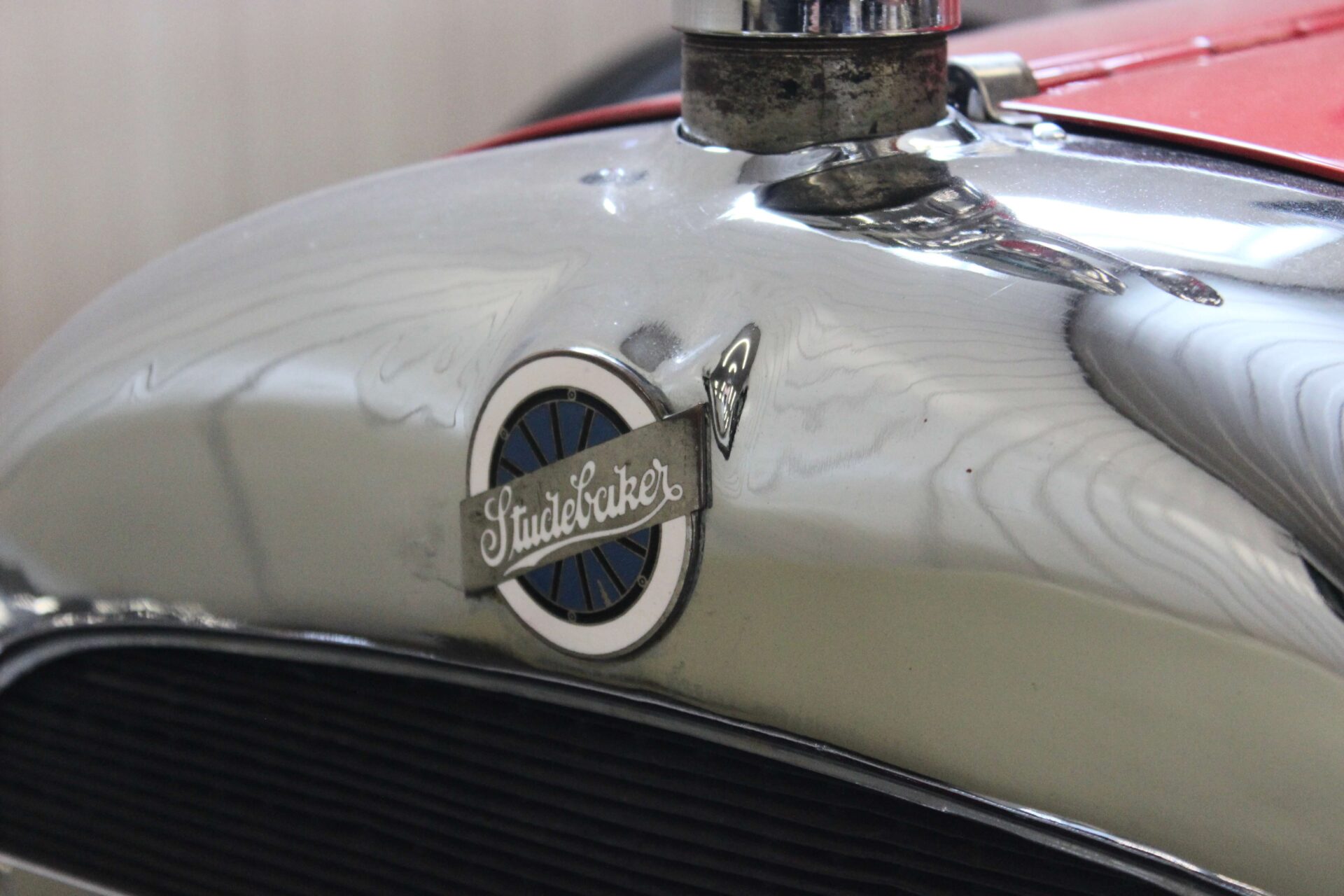
Recent posts
Lagonda 16/80 Special Six 1933
English Touring The car we present to you this week is the Lagonda 16/80 Special Six in the Demers Car Collection. Lagonda was a luxury British car brand that Aston Martin eventually absorbed. Through its association with Aston Martin, it is sometimes hard to remember...
An Introduction to Lagonda
Before Aston Martin “The history of Lagonda cars is synonymous with sophistication, opulence, and groundbreaking performance” - An article for Discovery UK Today, we may recognize the name Lagonda from its association with Aston Martin. Before these two brands...
Cadillac Model A 1903
The Standard of the World “No other American car on the market in the first decade of the century was constructed to higher standards than Cadillac.” - Stephen W. Sears in The Automobile in America Some of you may know that Cadillac has long had the slogan “Standard...
More Than Just Cars
“As with all automobile companies, the story of Studebaker is about much more than just vehicles.” – Fred K. Fox for Hemmings
In this week’s blog article, I want to introduce you to the founding story of the American car brand Studebaker. The Demers Car Collection has a few cars from this make and knowing the brand’s history will help us put these specific models in context. Keep reading to learn more about Studebaker before it made cars, their first car and how they expended to be a thriving manufacturer for many decades.
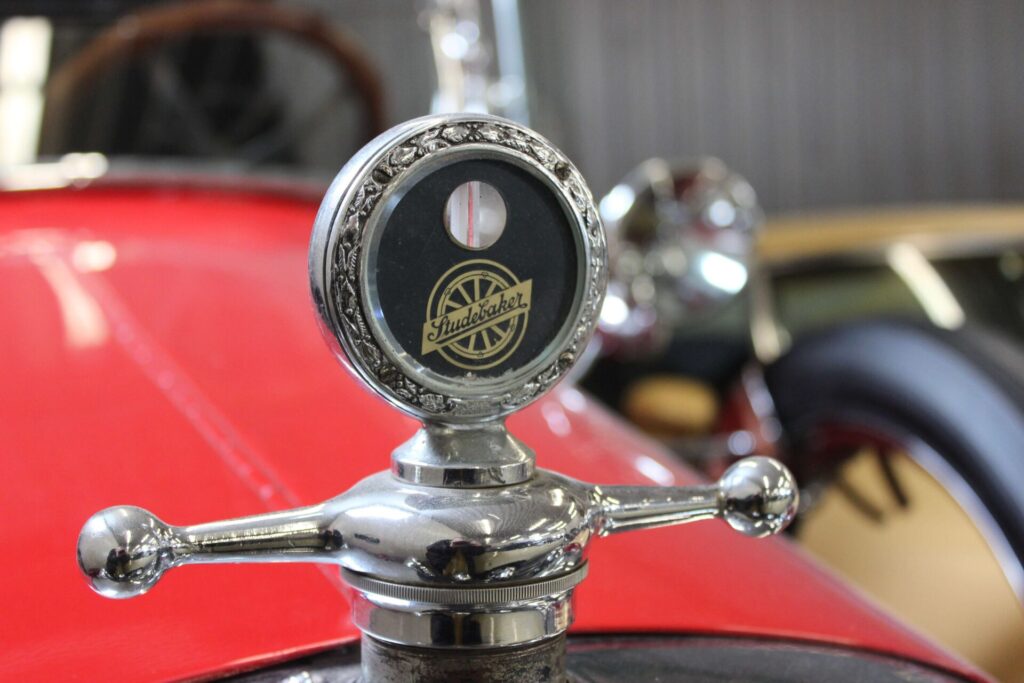
Before There Were Cars
Before Studebaker made cars, the name was well known as a producer of horse-drawn vehicles. Descendants of German migrants, the Studebaker family were metal workers. Brothers Clement and Henry Studebaker established their first business in 1852. Continuing the family legacy, the H & C Studebaker blacksmith shop first produced wagons among other things. This was the beginning of 114 years of business.
But first, three other Studebaker brothers joined the family business and they produced more and more wagons and carriages. With the Midwest agricultural boom, the company was thriving and even secured government contracts during the civil war. By 1868, the company was renamed the Studebaker Brothers Manufacturing Co and by the turn of the 20th century, it was the leading producer of horse carriages in the United States and the world with annual sales of over $1 million dollars. President Abraham Lincoln even rode in a Studebaker carriage that is still preserved at the Studebaker Museum in South Band, Indiana. Horse-drawn vehicle production continued until 1920 and over 750,000 wagons were made over the company’s history.
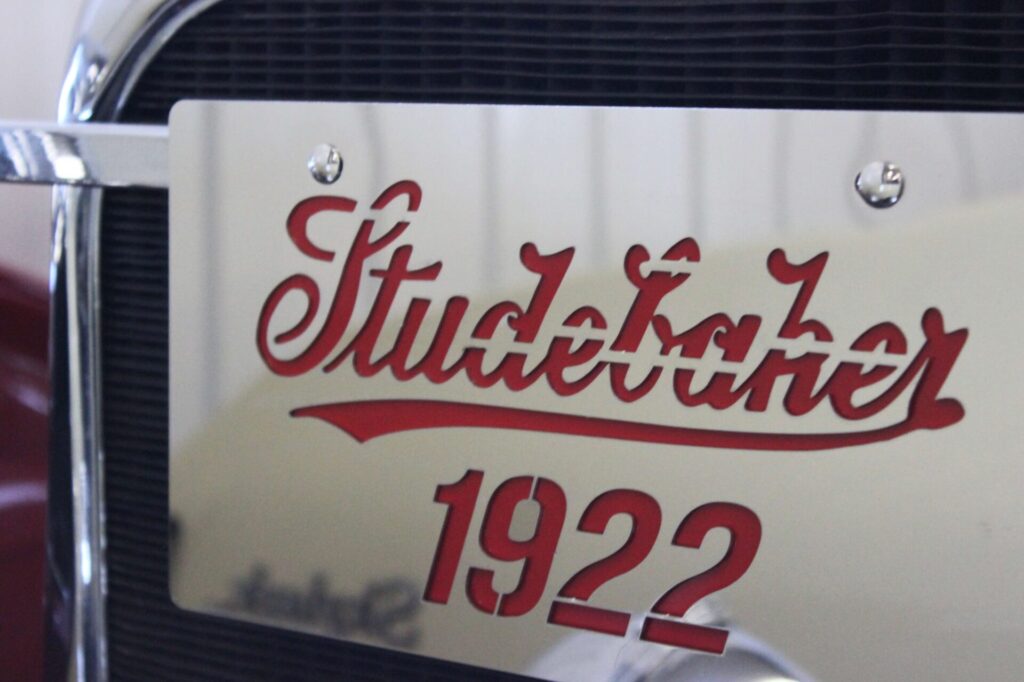
The First Cars
Eventually, the business expanded into coachbuilding and starting in 1897, the Studebaker Brothers Manufacturing Co. made bodies for electric cars of the New York Electric Vehicle Co. Sensing that the future of locomotion lay in the automobile, the brothers ventured into full-fledged car manufacturing at the beginning of the 20th century. The corporation made and introduced its first car in 1902. Their first car was an electric runabout that sold about 20 units the first year. It was one of the first commercially successful American horseless carriages. Their cars looked good and were appreciated by consumers. A fun fact, inventor Thomas A. Edison is believed to be one of the first buyers of a Studebaker electric car.
Studebaker later made battery-powered commercial vehicles, and manufactured and distributed gasoline-powered cars from other brands as well as making their own. Their established network of wagon dealers facilitated car sales. In 1911, they abandoned electric cars in favor of gasoline engines and renamed the company the Studebaker Corporation. The South Bend company continued to make horse-drawn carriages and even sold them internationally in the 1910s. They eventually sold this part of their business to the Kentucky Wagon Manufacturing Co. in 1920. This business decision revealed their interest to focus solely on automobile production.
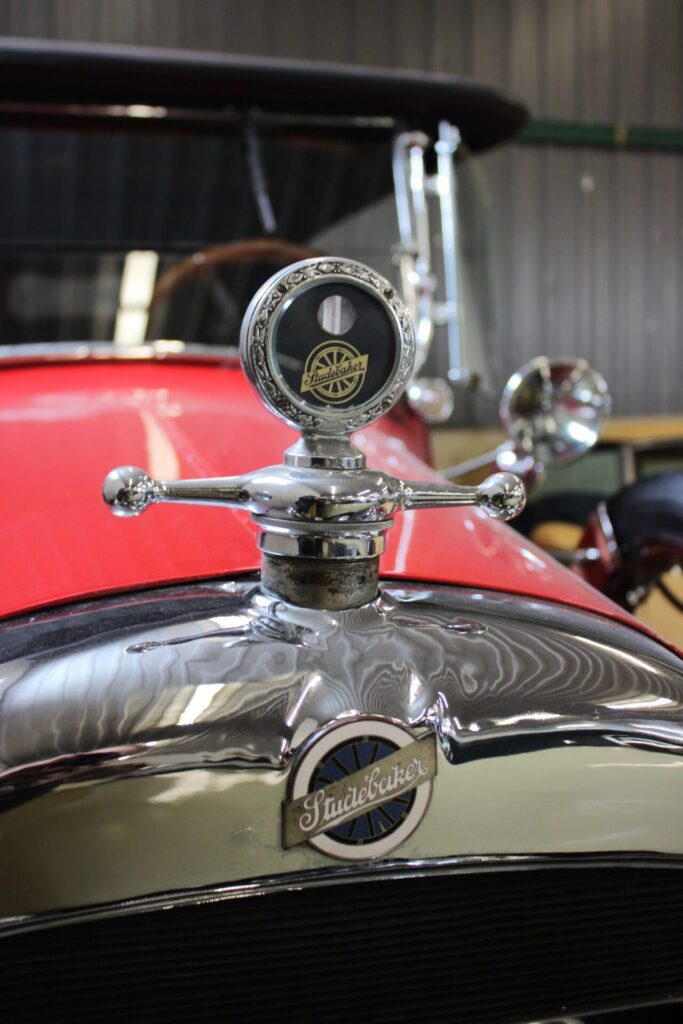
The Rise of Studebaker
From modest early sales, Studebaker’s car production grew throughout the years and when it finally ended in 1966, it had produced over 4.2 million cars. An important producer in the United States, at its height, the company employed 26,000 workers. Their cars quickly earned a reputation for quality and durability. As the five Studebaker brothers passed away, they left the company in the hands of the next generation. By the outbreak of the First World War, Studebaker was the third largest car maker in the United States. The company contributed to the war effort like it did during the Civil War.
Important to note, Studebaker was the first car manufacturer in the United States to offer wholesale and retail financing, a scheme that they introduced in 1914 in collaboration with the Commercial Investment Trust. Similarly, it was the first American automaker to open a proving ground in 1926. In 1928, it acquired the high-end car manufacturer Pierce-Arrow in an attempt to create a conglomerate like General Motors (GM). Alas, this attempt came too late. Like many other independent car manufacturers at the time, the firm suffered during the Great Depression. After two failed attempts at producing a low-end car, it was put into receivership in 1933.
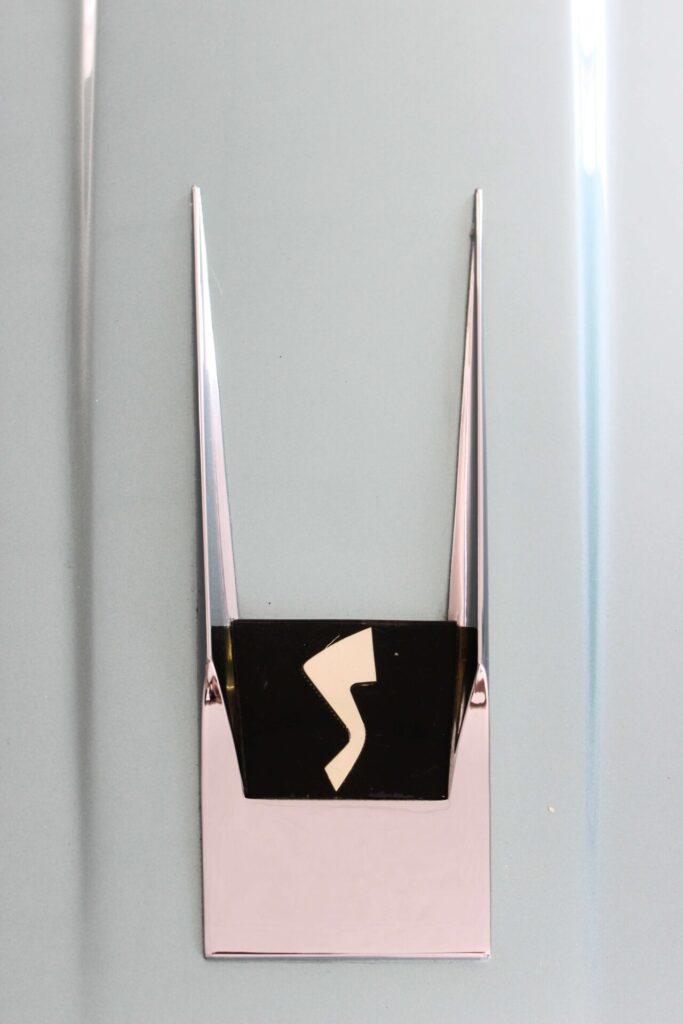
The Decline of Studebaker
The first bankruptcy was not the end for the great American brand which returned to profitability and car making after some extensive restructuring and court supervision. After the Second World War, during which Studebaker executed government contracts, it was the first car manufacturer to offer a new car in the United States. Cars from this period were known for their daring design. It is argued that the company’s most significant car was the Commander Regal Starliner Coupe which was introduced in 1953. This car was redesigned and renamed the Hawk in 1956.
In the 1950s, American carmakers, led by GM and Ford, took part in a model and price war. In the beginning of planned obsolescence, these firms continuously introduced newly-styled models at competitive prices. There were talks for Studebaker to merge with other independent carmakers to be able to compete with the “Big Three” (Ford, Chrysler and GM) under a new union. Finally, the Studebaker Corporation merged with the Packard Motor Car company in 1954.
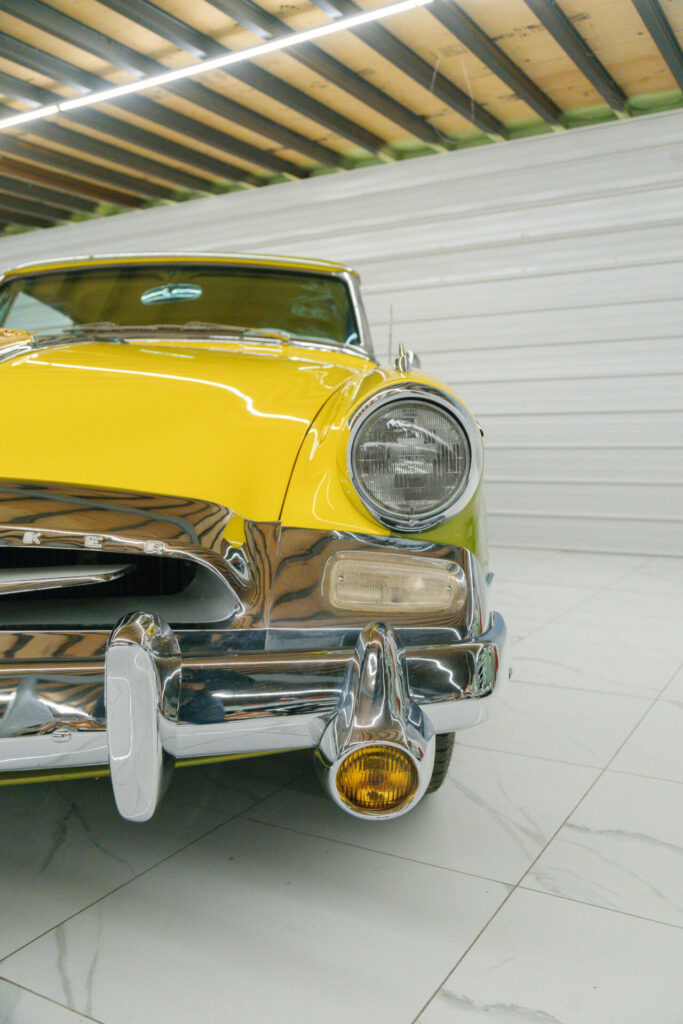
What Now?
Even with the help of more financially stable Packard, Studebaker was struggling financially. Packard made their last car in 1957. Studebaker soon followed, making their last car in the United States in 1963, and closing their Canadian plant in 1966. Studebaker’s failure to adapt to the increasing competition of the 1950s should not overshadow its great history. The Demers Car Collection owns a few Studebaker cars and the one that we will introduce to you next week is a Studebaker model from 1955.



